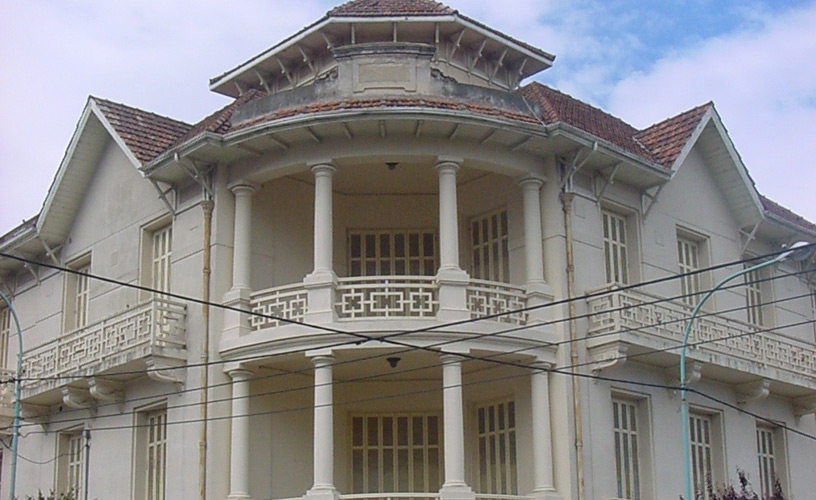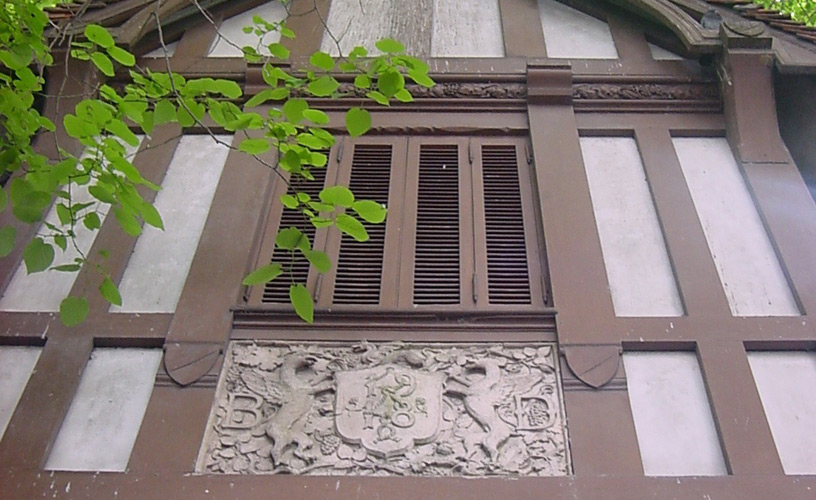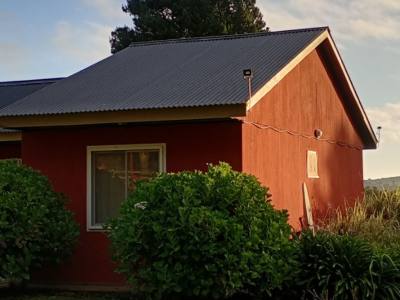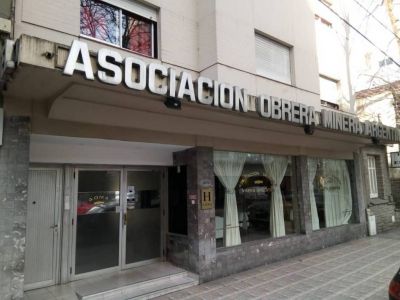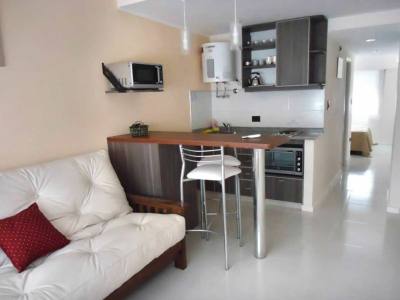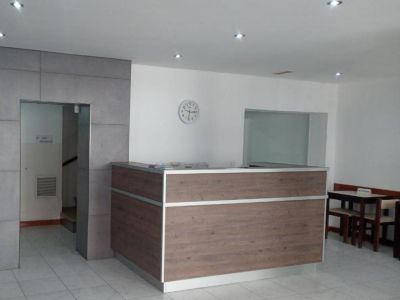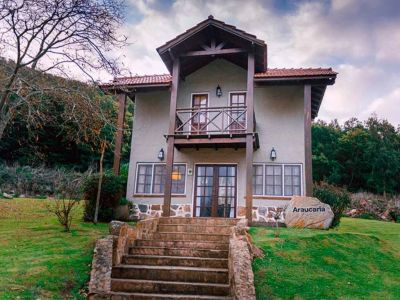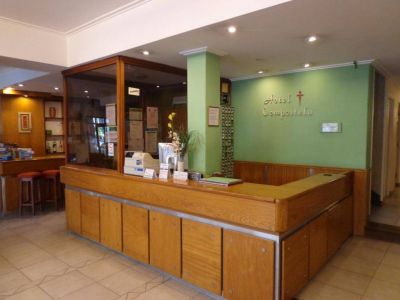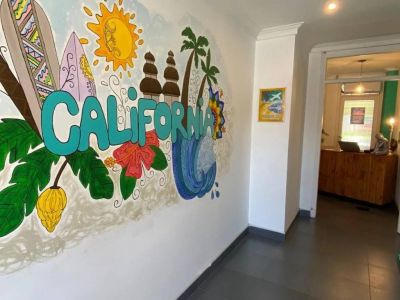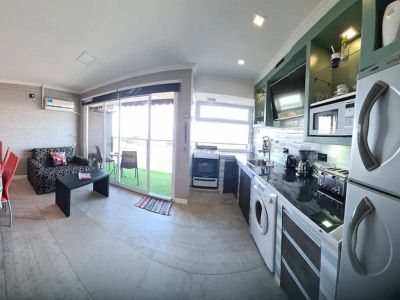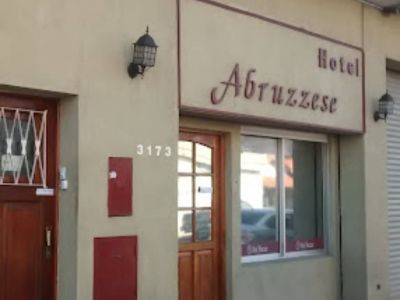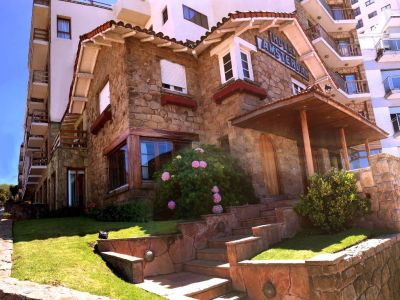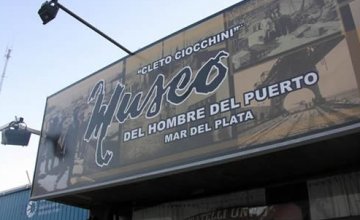Towards 1900, Mar del Plata was the leisure spot chosen by the Argentinian society aristocratic families to spend the summer. It was the buildings raised in those days the ones that defined the city architectural style.
"Whoever lived in these houses of yesterday, old houses that time has tanned, old yards, colors of humidity, with legends of nights of love?"
Tango : Casas viejas (Old Houses) (1936)
Músic : Francisco Canaro
Lyrics: Ivo Pelay
At the beginning of the century, the shores of Mar del Plata could provide summer enjoyment without any need to travel to Europe. Thus, most of those families resolved to build impressive villas and sumptuous residences where they would move even with their crowded domestic staff every summer.
The materials used for the construction of these temples and mansions would be brought from all the corners of old Europe, specially from Italy and France.
Towards the middle of the century, the eclectic expression of materials, textures, colors and shape composition began to co-exist with local techniques and materials, among which the Mar del Plata stone, wood, tiles and ceramics stand out, thus turning La Feliz (the happy city) into a clear and conclusive example of a new architectural identity: the Mar del Plata “chalet”.
In spite of the passing of time and the demolition processes undergone by many of these works, today there are more than 300 buildings that have been declared Assets of Heritage Interest for its historical, architectural and scenery value.
Maybe for its historical value and in order to prevent modernism from keeping on destroying them or setting them aside, the EMTUR, which is the municipal tourist entity in Mar del Plata, has just proposed and incorporated these buildings as a new tourist attraction which consists mainly in recovering the history of Mar del Plata through its old architecture.
Barrio La Perla Circuit
This is a tour done mainly on foot. This area includes buildings related to the genesis process of the city, such as the Santa Cecilia Chapel, declared National Historical Monument and milestone for the outline of the original city grid, the Saint Peter and Saint Cecilia Cathedral, villas and residences of Picturesque style with traits from the French, Italian, Normand and Neo-colonial trends.
Materials such as stone or similar plasters, excellent woodwork with lattices, false “pans de bois”, balconies and axe cut wood verandas.
The Institute and Oratorium of the Saturnino Unzué Immaculate Conception deserves a special mention. It dates from 1910 and was inspired in the “art nouveau” of the Vienna secession. The oratorium is the part of the bulding with the highest artistic value, due to the richness of the materials and the lavishness of liturgical symbols, and was declared National Historical Monument in 1985.
Casino - Torreón del Monje - Loma de Stella Maris
A tour on foot along the Patricio Peralta Ramos Boulevard to see the Casino building and the Hotel Provincial, built by Architect Alejandro Bustillo, separated by a terrace where the sculptures of the sea lions, which made Mar del Plata famous, stand. All the complex is bordered by a large walk that has its own history and has been remodelled several times. Undoubtedly, the maximum mandatory tour for the porteño elegance of the 1900s.
Surrounded by modern buildings, architectural works such as the Torreón del Monje, dating back from 1904, or the Villa Unzué de Casares, from 1930, have now become gastronomic facilities. Going up the natural urban hill along Alvear Street, Villa Blaquier and Villa Ortiz Basualdo are two exponents of ancient summer residences with a palace style. The latter lodges the Juan Carlos Castagnino Municipal Art Museum with its paintings, engravings and photographs. A temple of architectural value is the Stella Maris Chapel: the sea virgin, patron saint of anglers. Displaying neogothic style and exquisite ornametation details: a nut tree carved altar and a tower crowned by a cross made of brass. In the same area, the Torre Tanque is located: a reservoir of 500,000 m3 of water, made in Pictouresque style -a real castle that takes us back to medieval times .
In the surroundings of the commercial center on Güemes Street, villas and residences with English or Italian influences may be observed, such as Villa Magnasco, Villa Tur and the Casa Riglos, built in the late 1930s.
Divino Rostro – Los Troncos – Playa Grande Neighborhoods
It is recommended to do this tour on a vehicle, due to the long distances among the various residences located in the most elegant and traditional neighborhoods in Mar del Plata. Here, foundational architecture is mingled with a modern design.
The Divino Rostro Chapel, located in the neighborhood bearing the same name, is worth visiting. Its main altar was brought from Perú and displays a replica of Jesus' face. The carving works on the altars, pulpit, picture frames and the Way of the Cross are made in cedar wood and laminated in 18-carat gold.
In the surroundings of the chapel, three impressive residences give evidence of the lifestyle of the educated, the rich and the famous of those days: Villa Emilio Mitre (museum and historical file), Villa Victoria Ocampo (cultural center) and Villa Silvina (private school), which belonged to writers Jorge Luis Borges and Silvina Ocampo.
In Urquiza 3440, lies the famous “Casa de los Troncos” (house of logs), a name adopted afterwards by the entire neighborhood. This house has a Swiss influence, dates from 1938 and impossed the use of axe cut wood, which would be later copied in most chalets of the area.
The Mar del Plata Golf Club, called the “Golf Cathedral” by the golf elite, is one of the most important and stunning buildings to perfectly convey the golden years of those times. With a Tudor style, this architecture was used in those days in the social and sport clubs built by the English aristocracy.
The tour ends along the Patricio Peralta Ramos Boulevard towards the city center. There, a series of residences and chalets follow one another on the waterfront and interact harmonically with the sea and the hills. Some of them work as gastronomic facilities, for instance, the Castagnino y Villa Varese chalet, which give priority to the spectacular view of the sea.
Pablo Etchevers
Pablo Etchevers
Phone: +54 223-4951777
